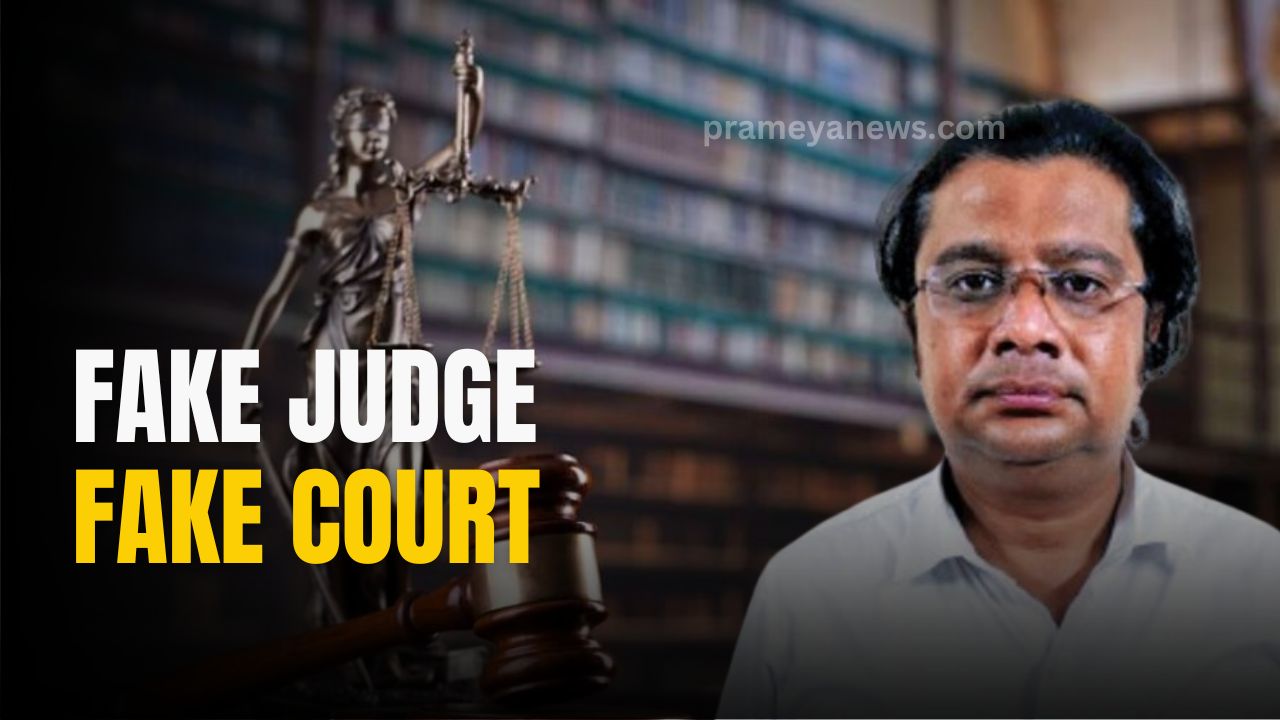

Satyanarayan Mohapatra
In a bizarre case of audacity and deception, a 37-year-old man in Gujarat has been arrested for operating a fake court for five years, posing as a judge and issuing rulings on land dispute cases. Morris Samuel Christian, the mastermind behind this elaborate charade, created a convincing courtroom setting in Gandhinagar, complete with "court personnel" to fool unsuspecting clients seeking quick resolutions to their land disputes, all for a hefty fee.
Christian's modus operandi involved presenting himself as an arbitrator, fabricating claim statements, and orchestrating entire arbitration proceedings within his sham courtroom. He even went so far as to issue "orders" granting applicants ownership of valuable land, further solidifying the illusion of a legitimate legal process.
The expose came in when one of Christian's clients, Babjuji Thakor, filed a case against the Ahmedabad collector, claiming ownership of government land based on a fraudulent certificate issued by Christian. The court registrar, upon scrutinizing the document, discovered the deception and promptly alerted the police.
Christian was subsequently arrested and now faces charges of impersonation and cheating under the Indian Penal Code. This isn't his first brush with the law either; he has a previous cheating case filed against him in 2015, indicating a pattern of deceptive behavior.
Photographs of Christian's "courtroom" reveal a meticulously crafted setting designed to mimic a real court. He is seen seated in a judge-like posture, surrounded by props and associates posing as court staff and advocates, creating an atmosphere of legitimacy to deceive his unsuspecting clients.
This case highlights the vulnerability of individuals seeking legal recourse and the importance of verifying the credentials of those offering legal services. It time for greater public awareness about legal processes and the dangers of falling prey to fraudulent schemes that exploit people's desperation for quick resolutions.
DISCLAIMER: The information presented in this brief draws upon publicly available sources, including news reports, and industry publications, and expert commentary.